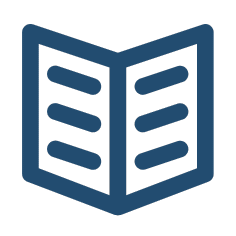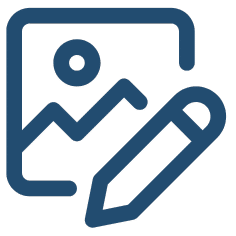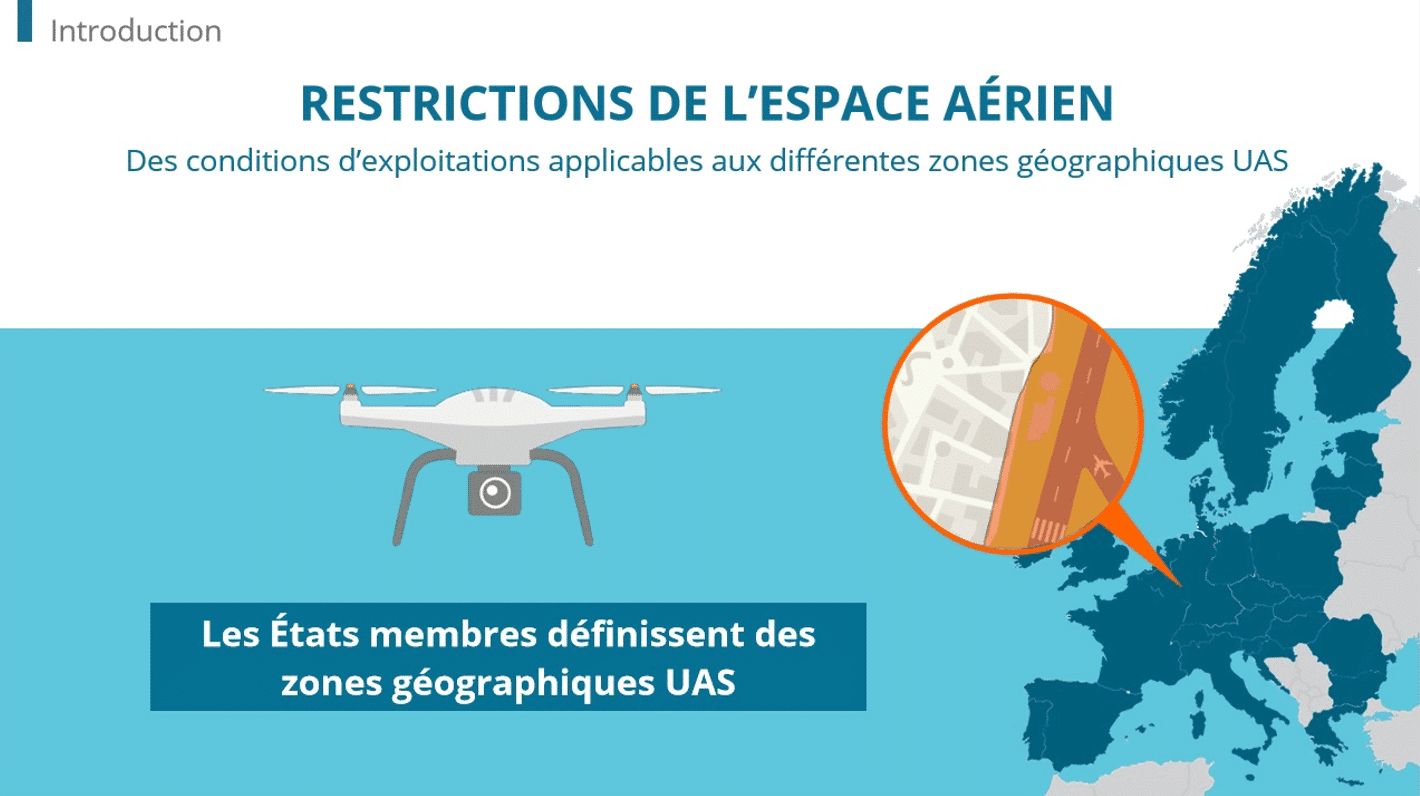With digital learning, it’s very easy to collect user information in real time, for minimal cost. But how can you take advantage of this big data?
Big data refers to the collection en masse of personal information provided by users, readers and consumers. In terms of elearning, there are two types of information: feedback from participants, and data collected from analysis of their individual learning pathway.
Good uses of big data in digital learning
Imagine a hospital wishes to train its patients to better understand their hip replacement operation.
Prior to admission or from the ward, the patient uses a tablet to learn about hip joint mechanics and how the operation will proceed, step by step. During the lesson the participant answers several questions in quiz or survey format.
This programme allows for:
- Assessment of the participant’s level of knowledge before, during and after the training
- Understanding of how they take in and process the information provided,
- Anticipation of problems, fears, and patient needs.
As a final step, the hospital centralises all information on its server as big data.
Big data as a marketing tool
Now imagine that elearning is conducted in partnership with a medical materials company, which produces different content and provides training modules to hospitals. The company accesses the stored data and can use it for commercial purposes, such as to:
- Conduct accelerated analysis of the market as a whole, based on a sample
- Generate a customer database in near real time
- Anticipate and manage risks, and better identify potential targets, thanks to user feedback
In short, the establishment of a digital learning program meets the needs of professionals who want high quality data in order to understand and segment their market, and optimise their solutions.
Discover all the features of the Dokeos LMS (Learning Management System).







































